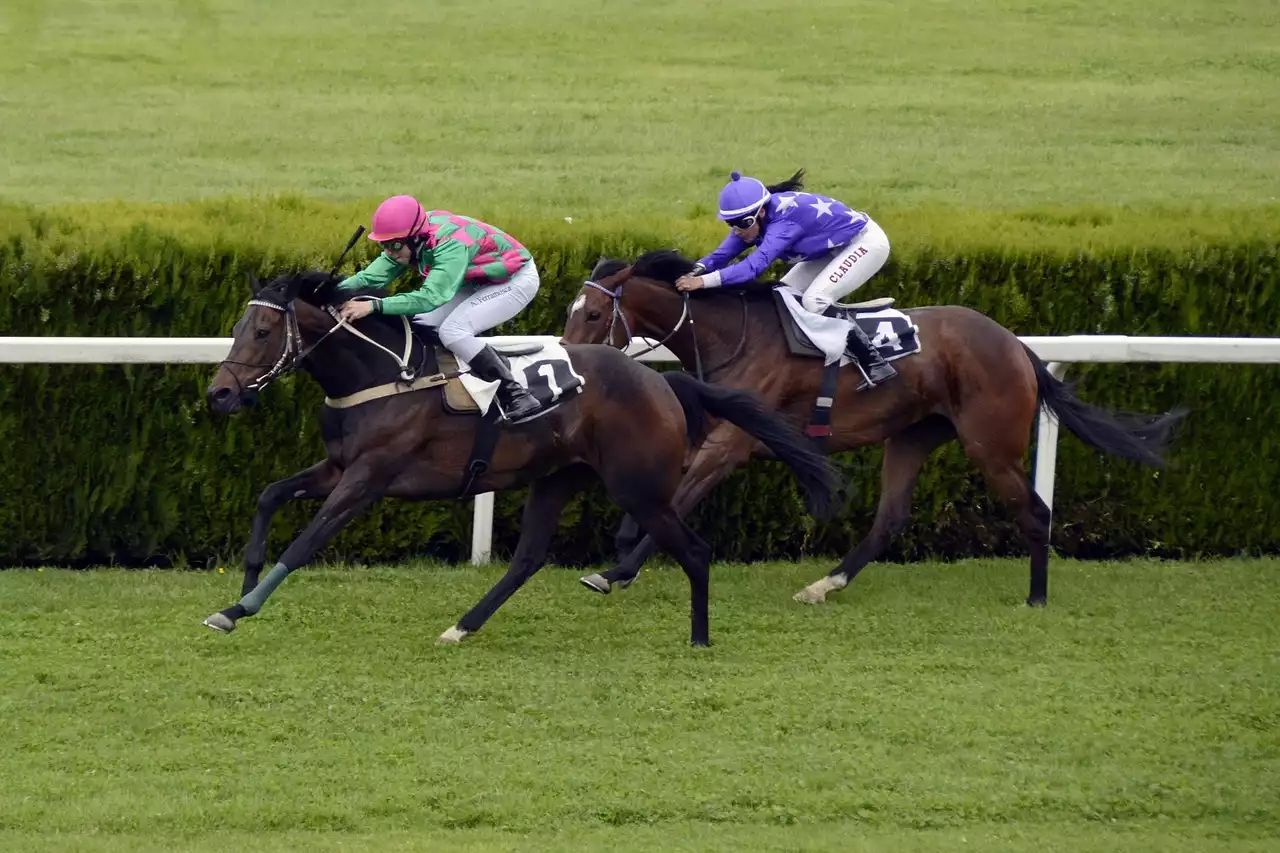Lester Piggott’s Career Highlights
Lester Piggott started out as a stable boy when he was 14 years old. He rapidly progressed through the ranks as a jockey and became a professional three years later. Piggott set his sights on the British Jockey’s Title, which he won in 1956 and then again in 1957, 1958, 1959, and 1960. Despite his dominance in the UK, Piggott set his sights on the American racing circuit and was soon winning in the most prestigious races in the United States. In total, he won nine Grade I races in the US, including the Kentucky Derby, Preakness Stakes, and Belmont Stakes. Piggott is also the only jockey to have ridden in all five legs of the British Triple Crown – the 2,000 Guineas, Epsom Derby, and St. James Palace Stakes. He is most famously remembered for his appearance in the 1979 Epsom Derby, where he rode Minor Trouble to victory. Piggott was well into his 40s by the time he rode that race, which is the oldest ever to win the race.
Lester Piggott’s Major Wins
- 2,000 Guineas: Walk In The Park (1961), Rail Birds (1966), Crystal Ballet (1967), Moss Forbes (1969), Acorado (1970)
- Derby: Nobby’s Prospect (1978), Minor Trouble (1979), Slip Anchor (1987)
- St. Leger: St. Paddy (1967), Irish River (1968), Salsabil (1970), Court Martial (1972)
- Oaks: Crystal Ballet (1967), Sky Sailor (1968), Morrice (1969), Moss Forbes (1969), Wistful (1970), Crystal Gateway (1971), Habitat (1972), Two-Year-Old (1973), Bold Beauty (1974), Wistful (1975), Wings of the Morning (1976), Rose of Virginia (1977), St. Paddy (1978), What a Surprise (1979), Merry Gale (1980)
- King George VI and Queen Elizabeth Stakes: Salsabil (1970), Court Martial (1972), Crystal Way (1974)
- Prix de l’Arc de Triomphe: Morrice (1969), Salsabil (1970)
- Prix de l’Empereur: Habitat (1972) - Irish Derby: Salsabil (1970), Irish River (1971), Ruby Tuesday (1976), Wings of the Morning (1977)
Lester Piggott’s Training Techniques
While Piggott’s racing techniques have been highly scrutinized over the years, his methods have stood the test of time. He first and foremost believes in the importance of thorough preparation and a good, sound diet. Piggott’s training techniques also include regular exercise and mental conditioning, as well as keeping a close eye on the health of his horse. Piggott is also known for his use of the “silent ride,” where he uses no leg or whip commands to guide his horse. His approach to training has been the subject of debate, but the results speak for themselves Piggott is easily one of the most decorated jockeys in history.
Lester Piggott’s Influence on the Horse Racing Industry
Lester Piggott is perhaps best known for his influence on the horse racing industry outside of the jockey’s box. He was one of the first jockeys to sign endorsement deals and he has also dabbled in owning horses. Piggott also has a line of clothing and accessories called “Lester Piggott.” These ventures helped Piggott break out of the jockey box and become a household name. He is also the only jockey to have won the US and UK Triple Crowns, making him a legend on both sides of the Atlantic. Piggott is a regular fixture at horse racing events, has been inducted into several Halls of Fame, and has written several books.
Legacy of Lester Piggott
Despite being retired for decades, Lester Piggott remains one of the most beloved figures in the horse racing industry. His record of success is unparalleled, with an impressive tally of 30 British Classic wins and 11 British jockey titles. Piggott has also become a legend in the United States, where he won the 1983 Breeders’ Cup Mile and the 1987 Breeders’ Cup Classic, making him the only jockey to win both the US and UK Triple Crowns. Piggott’s status as a sporting icon is well deserved, with his sheer determination and skill ensuring he stands out as one of the greatest jockeys of all time. Piggott’s career accolades are a testament to his talent and dedication, with his sheer determination and skill ensuring he stands out as one of the greatest jockeys of all time.








